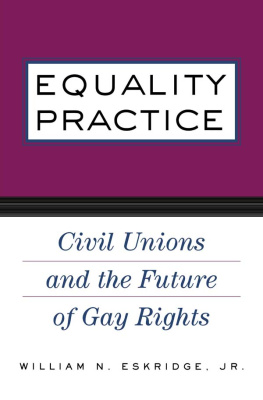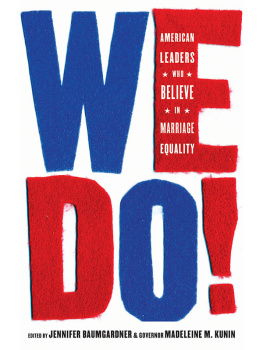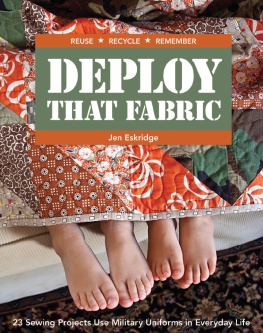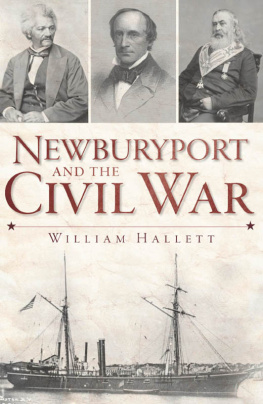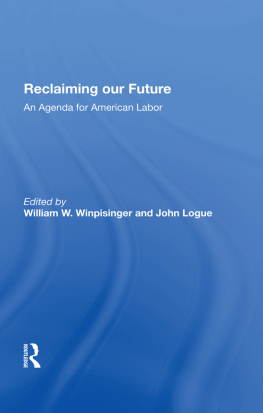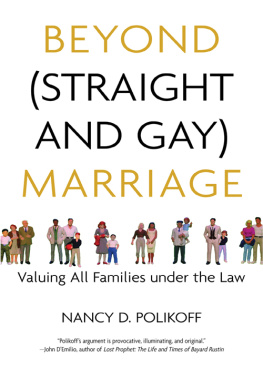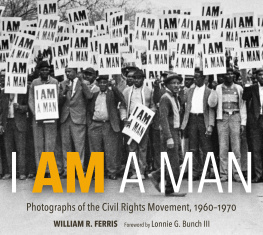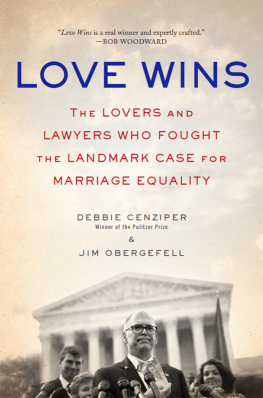William N. Eskridge Jr. - Equality Practice: Civil Unions and the Future of Gay Rights
Here you can read online William N. Eskridge Jr. - Equality Practice: Civil Unions and the Future of Gay Rights full text of the book (entire story) in english for free. Download pdf and epub, get meaning, cover and reviews about this ebook. City: London, year: 2001, publisher: Routledge, genre: Science / Politics. Description of the work, (preface) as well as reviews are available. Best literature library LitArk.com created for fans of good reading and offers a wide selection of genres:
Romance novel
Science fiction
Adventure
Detective
Science
History
Home and family
Prose
Art
Politics
Computer
Non-fiction
Religion
Business
Children
Humor
Choose a favorite category and find really read worthwhile books. Enjoy immersion in the world of imagination, feel the emotions of the characters or learn something new for yourself, make an fascinating discovery.
- Book:Equality Practice: Civil Unions and the Future of Gay Rights
- Author:
- Publisher:Routledge
- Genre:
- Year:2001
- City:London
- Rating:3 / 5
- Favourites:Add to favourites
- Your mark:
- 60
- 1
- 2
- 3
- 4
- 5
Equality Practice: Civil Unions and the Future of Gay Rights: summary, description and annotation
We offer to read an annotation, description, summary or preface (depends on what the author of the book "Equality Practice: Civil Unions and the Future of Gay Rights" wrote himself). If you haven't found the necessary information about the book — write in the comments, we will try to find it.
Equality Practice: Civil Unions and the Future of Gay Rights — read online for free the complete book (whole text) full work
Below is the text of the book, divided by pages. System saving the place of the last page read, allows you to conveniently read the book "Equality Practice: Civil Unions and the Future of Gay Rights" online for free, without having to search again every time where you left off. Put a bookmark, and you can go to the page where you finished reading at any time.
Font size:
Interval:
Bookmark:
| On p. 39, line 6: | The cross-reference is located on p. 28 (not 38). |
| On p. 42, line 19: | The cross-reference is located on p. 16 (not 26). |
| On p. 50, line 19: | The cross-reference is located on p. 49 (not 59). |
| On p. 53, line 22: | The cross-reference is located on p. 49 (not 59). |
| On p. 75, line 32: | The cross-reference is located on p. 58 (not 68). |
| On p. 125: | There should be a check mark in the Civil Unions column next to Dissolution through Judicial Proceeding not Interstate/International Portability. |
| On p. 210, line 13: | Should read (see chapter 3, table 3.1) not (see chapter 3, table 3.3). |
| On p. 258, n. 35: | The cross-reference is located on p. 28 (not 38). |
NEW YORK AND LONDON
711 Third Avenue,
New York, NY 10017
Routledge
2 Park Square, Milton Park,
Abingdon, Oxon, OX14 4RN
| HQ76.3.U5 E85 2001 306.848dc21 | 2001034964 |
The publisher has gone to great lengths to ensure the quality of this reprint but points out that some imperfections in the original may be apparent.
Font size:
Interval:
Bookmark:
Similar books «Equality Practice: Civil Unions and the Future of Gay Rights»
Look at similar books to Equality Practice: Civil Unions and the Future of Gay Rights. We have selected literature similar in name and meaning in the hope of providing readers with more options to find new, interesting, not yet read works.
Discussion, reviews of the book Equality Practice: Civil Unions and the Future of Gay Rights and just readers' own opinions. Leave your comments, write what you think about the work, its meaning or the main characters. Specify what exactly you liked and what you didn't like, and why you think so.

